The fastest, most agile and most responsive Land Rover ever. These are Land Rover’s marketing claims about the brand new Range Rover Sport. Range Rover gave us the opportunity to put their claims to the test so we drove it on every surface we could find!
The all-new 2014 Range Rover Sport made its debut at the New York Auto Show 2013. The Range Rover Sport completes the three-model Range Rover portfolio together with the Evoque and the Range Rover. Its all-terrain performance is very important for the company, something that was made clear after watching the videos Land Rover has released at the cars introduction. The most important statistic with the car is the significant weight saving of up to 420 kilograms. This improves the performance, fuel economy and agility. You could say these subjects were a problem with the previous Range Rover Sport.
The Engine & Chassis
The 2014 Range Rover Sport comes with five different engines. Four diesel engines; a 258 hp TDV6, a 292 hp TDV6, a 339 hp SDV8 and since this year, an SDV6 combined with a 35 kW electric engine producing 340 hp and 700 Nm. The only petrol engine Land Rover now offers is the Supercharged which has a 5.0 litre engine producing 510 hp.
Our review car was fitted with the entry level diesel engine, the TDV6. The TDV6 has a 3.0 litre V6 diesel engine producing 258 hp at 4,000 rpm and 600 Nm at 2,000 rpm. That is the same amount of torque as the SDV6 and just 25 Nm short of the V8 Supercharged petrol engine.
As previously mentioned, the new Range Rover Sport is 420 kgs lighter than the previous generation. That’s 39 percent lighter if you look at the vehicles platform in the round. How did they manage to shed off all that weight? Well, the new lightweight aluminium body structure employs a combination of pressed panels, plus cast, extruded and rolled aluminium alloy parts, so the strength is concentrated precisely where the loads are greatest. As for fuel consumption, Land Rover says that the new advanced intelligent Stop/Start system which is fitted on all 2014 models helps improve fuel consumption by up to 7 percent.
Fuel consumption is not the only thing that has been improved. The ability and driving dynamics are the biggest differences compared to the previous Sport. More about this in the ‘Driving Experience’ part.
Performance
The TDV6 diesel engine brings the 2,115 kg weight from 0-100 km/h in 7.6 seconds. The top speed is limited to 210 km/h. The fuel consumption is always a problem with these big and heavy cars but Land Rover claims a consumption of 8.3l/100 km in the city and 6.7/100 km on the highway, impressive figures indeed.
Gearbox & Drivetrain
All petrol and diesel engines fitted to the new Range Rover Sport are paired with the advanced electronically controlled ZF 8HP70 8-speed automatic gearbox. There are two different full-time 4 wheel drive options. The first includes a two-speed transfer case with low-range option where the road conditions are much tougher, a front-rear 50/50 percent default torque split and 100 percent locking capability. This full-time 4 wheel drive option is not available for the TDV6 but is available as an option for the SDV6. The SDV6 Hybrid, SDV8 and V8 Supercharged are fitted with this from the factory. Terrain Response 2 is also fitted in these cars as standard, it being the upgraded version of the Terrain Response.
The other option is reserved just for the TDV6 and SDV6 and features the original version of the Terrain Response system. This option, which is 18 kg lighter, has a single-speed transfer case with a Torsen differential which automatically distributes torque to the axle with most grip. The default front-rear torque split of 42/58 percent is designed to provide a rear-wheel drive bias for optimum driving dynamics.
The Torque Vectoring system is only possible for cars fitted with the two-speed transfer case. This system uses the brake system of the car to imitate a controlled torque distribution to the four wheels. This provides the Range Rover Sport with better grip, better steering and less understeer.
Suspension
The lightweight aluminium suspension is fully-independent, with wide-spaced double-wishbones at the front and an advanced multi-link layout at the rear. The maximum ground clearance is increased by 51 mm to 278 mm and the upgraded air suspension has three options. The next generation Terrain Response system automatically selects the most suitable terrain programme.
The air suspension provides up to 115 mm of regular movement. The lowest setting is ‘access height’ and the highest setting is off-road height. An automatic extension, triggered by sensors, and a manually-selected extension, both raise the Sport by 35 mm, giving a total movement range of 185 mm. The re-engineered air suspension system with its new +35 mm intermediate setting means that the off-road mode can remain available at much higher speeds (80 km/h up from 50 km/h) than was possible before, which is valuable in terrain with long, rutted dirt roads.
The electric power steering (EPAS) feels lighter and more direct. The Adaptive Dynamics analyses the movement of the car more than 500 times a second. It reacts on the road changes and the drivers reactions. This system recognizes off-road conditions by itself and subsequently changing the dampers. This results in better control and minimal sway. The system is only possible in combination with the two-speed transfer case.
Design
The new Range Rover Sport has a sturdy but very dynamic design. It also clearly has some of the stylish characteristics from the Evoque and the normal Range Rover. Just by the looks it looks a lot slimmer and even smaller than its predecessor. But the numbers show that the new Sport is 62mm longer but shorter than other 7-seater SUV’s and most E segment sedans.
The wheelbase is increased by 178 mm which provides greater room and improved access for rear passengers. Shorter overhangs at the front and rear, plus additional width (+55 mm) give the new vehicle a more modern stance. Furthermore the new Sport is more streamlined, has a rounded profile and lower what results that it is 8 percent more aerodynamic. Another interesting fact is that whilst the Sport was developed alongside the Range Rover, the Sport benefits from 75 percent unique parts!
The Range Rover Sport is offered in six different trim levels. Each version offers changes to the grill, air vents, mirror caps, bumpers and much more. From the S/SE, HSE, HSE Dynamic to the Autobiography and the most expensive one, the Autobiography Dynamic. Every version has its own characteristics. For example the Dynamic version are recognizable for the use of Gloss Black.
Our review car featured the HSE pack. Which means an Atlas grill with a gloss black frame for example. Land Rover offers 9 different rim designs in total for the Range Rover Sport. Our car was also fitted with the 21 inch ‘5-Split Spoke’ Styling 14 rims which give the car a much more striking look than the smaller 19 or 20 inch wheels.
Of course Land Rover offers a whopping 19 different paint finishes for the exterior. Our test car looked black at first sight but when we looked closely and with the sun on it, it was a very, very dark blue. Land Rover calls this premium metallic paint ‘Mariana Black’. By not picking the panorama roof, you can spec your Sport with a Corris Grey, Indus Silver or Santorini Black Roof.
Interior
The interior is exactly what you expect after seeing the exterior. It is stylish, unique with strong lines and top quality materials. Land Rover offers stunning combinations. The choice starts with picking the versions like we explained in the design part. Oxford leather is fitted from the HSE’s and a unique stitching pattern is fitted from the Autobiography version. Of course every combination is possible as an option.
Land Rover offers eleven different colour themes with the choice to combine three colours for the upholstery, carpet and dashboard. After that the customer can pick one of seven interior trim colours and one of three roof lining colours. When looking through the promotional folder of the Range Rover Sport, every interior looks very tasteful on its own. Our test car was fitted with the combination of Shadow Zebrano, Almond, Ebony and Ivory roof lining.
To lighten the interior a bit more Land Rover offers a large electric panorama roof which you can also open to almost 50%. Looking at the infotainment systems, the new Sport is fitted standard (from the SE) with a touch screen HDD satellite navigation system. This screen shows an off-road function which displays which mode the car is. Optionally, you can have two independent entertainment systems for the rear passengers and two versions of the Meridian Surround Sound audio system (19 or 23 speakers). Sadly our test car was fitted with the standard Audio which sounded rather average but we imagine the Meridian system to be much more impressive.
Driving Experience
When taking our place behind the steering wheel of the Range Rover Sport you feel like the king of the road! We had a long weekend in front of us and we were planning to test the Sport in a few very different environments. Our first plan was taking it to the centre of Amsterdam. A place where (sadly, or maybe not?) the old Range Rover Sport was one of the more popular cars. In the first place the small canal streets look terrible to move around with a huge SUV but it is not as bad as expected. Sometimes the streets were even narrower due to trucks unloading shop stocks but there wasn’t a moment where the Sport struggled to squeeze through.
The large side mirrors and huge window surface gives you a nice view of what’s happening around you. The ZF 8 speed automatic gearbox does its work calmly and keeps the engine in the low rev range. The modern design of the Sport fits the streetscape of the canal streets and houses very nice.
From the pick up point to Amsterdam we already experienced some highway driving and from the centre of Amsterdam we decide to search for a more corporate environment. Entering the highway is effortless. The TDV6 is the entry spec engine but it’s enough for most of the people. The car accelerates without requiring too much effort before reaching the speed limit. The sound of the engine is far from being a nuisance and it does not sound too much like a diesel.
The Sport doesn’t feel like a 2,000kg car but the height of the car has pros and cons. The view on the highway is great due to the fact that your seating position is higher than the average car. During our highway rides it was quite windy and when there was a flat surface next to the highway the car felt a bit nervous. A thing you could expect from an SUV but in the end it was a bit too busy. The driving noise from the tires was also a little imposing. This was most likely to be caused by the brand new winter tires which were fitted to our test car, perhaps this isn’t an issue with summer tires?
We arrived at the ‘Zuidas’, a well know business area in Amsterdam with lots of modern office blocks. A perfect location for the modern design of the Range Rover Sport. We decide to park the car in between the glass clad buildings for some pictures. Business men and women walk by during their lunch break and of course the Sport gets their attention. Back on the highway we keep our eye on the fuel consumption. An average of 10l/100km after one hour highway and a few hours city driving is ok in our opinion. After another hour highway it drops to about 9l/100km. Which means you can drive almost 900 kilometres with a tank of 80 litres diesel.
Land Rover markets the new Sport as an SUV with outstanding off-road capabilities. That is why we couldn’t resist testing it out on rough surfaces. Because of our entry-level TDV6 engine, our car wasn’t fitted with All Terrain Response 2. That means we could choose between Grass/Gravel/Snow, Mud & Ruts or Sand. The automatic functions, Rock Crawl and Low Range are missing because of the single transfer case you have already read about. We didn’t want to take much risk so we decide to test two things on a small hill. The hill was small but steep and smeared with some mud. Quite a challenge regarding the size and the weight of the car but we were confident in the Range Rover after seeing some official videos.
Ready, steady, go! We approach the hill and the first part goes without any problems. The second part has some bumps in it so the Range Rover needed to work a bit harder to keep going and hold grip. All 2,000 kg’s were balancing at an angle where we could only see the sky. The last part is the most difficult. The front wheels are passing but the rear wheels slipped a little. Luckily the drivetrain and traction control did not cut the power supply so we didn’t ‘shutdown’. Thanks to the high ground clearance, the bottom of the Sport doesn’t touch the ground while we pass the crest of the hill. We were pretty amazed how so ‘much’ weight can comfortably complete this testing task.
It was time to test the downhill control. We pushed the button, drive to the edge and just hold the steering wheel. We did not touch the throttle or brakes. It felt like an assistant, intervening and bringing the car downhill without any problem. It controlled the brakes so the car doesn’t roll too fast and prevents the huge mass sliding down. The downhill control does its work without shocking and it’s actually quite enjoying to just relax for a moment and feel the car working to go downhill.
What to Spec?
Our review car was an entry level Range Rover Sport TDV6 with the HSE package. The new SDV6 Diesel-Hybrid engine may just be the best choice for this car, playing to the cars strengths but addressing its weaknesses. The looks of the Dynamic package are great with a lot of gloss black, we would not recommend a trim package lower than the HSE Dynamic. The Range Rover needs, just like every SUV, 21-inch wheels. The design is a matter of taste and Range Rover offers plenty of options. This is also true for the interior. Another must have is the panoramic glass roof! It brings a lot of light in the car and that causes a spatial feeling.
– Surround Camera System: The Range Rover Sport is big. Especially parking it could give some problems;
– Meridian Surround Sound audio: 19 or 23 speakers, we have heard the performance of this system is amazing;
– Heated steering wheel: You may think this is nonsense but this ‘cheap’ option is really nice;
There are a lot of other options which are logical for this type of car or dependent on the costumers budget.
Conclusion
The new Range Rover Sport completes the Range Rover portfolio in a wonderful way. It feels a totally different car than the previous Sport. It now does its ‘Sport’ title justice. It looks sharp but classy at the same time and the drive is also remarkably sporty for an SUV. When you want some action, don’t hesitate and enjoy some of world’s best all-terrain performance. The Sport is a well crafted and a luxurious all-rounder which can now compete with its competitors thanks to the substantial weight saving.

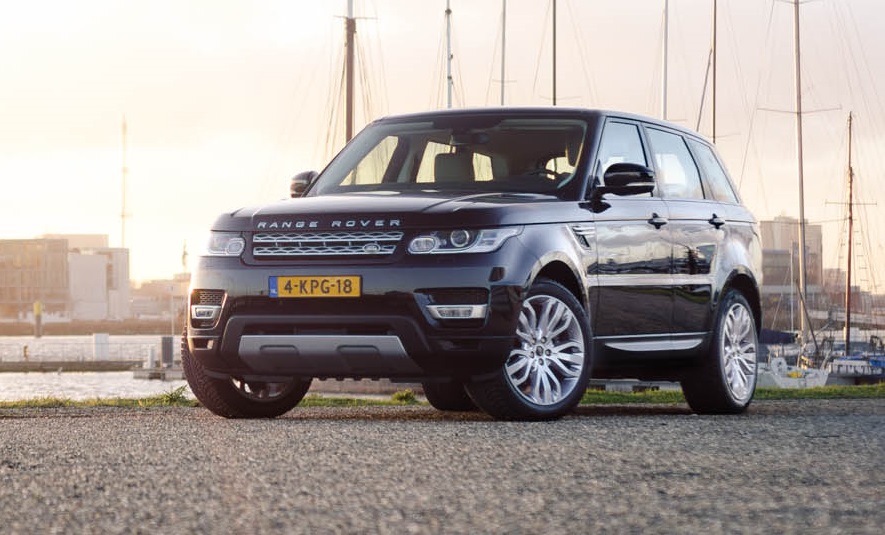

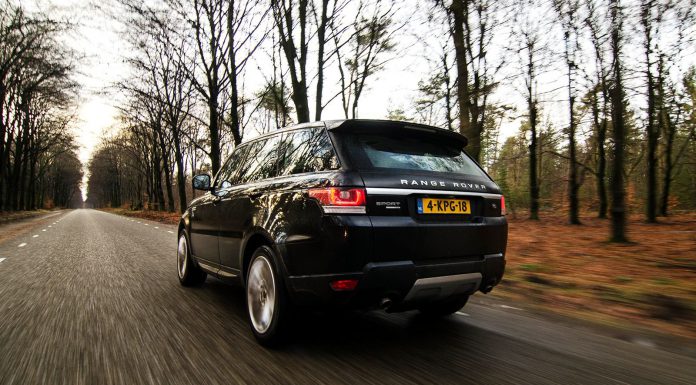





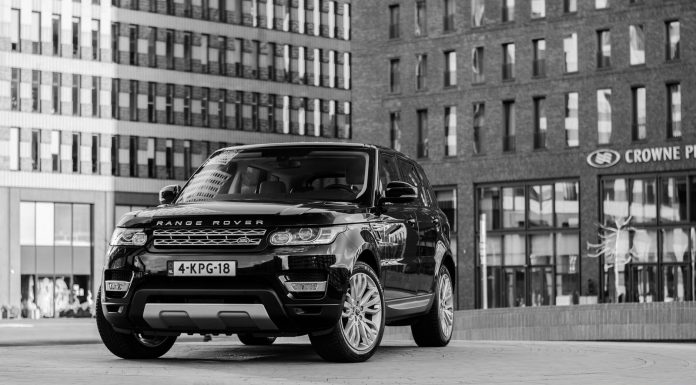















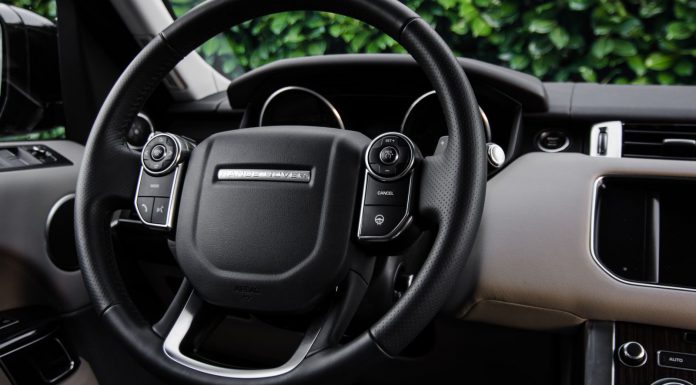










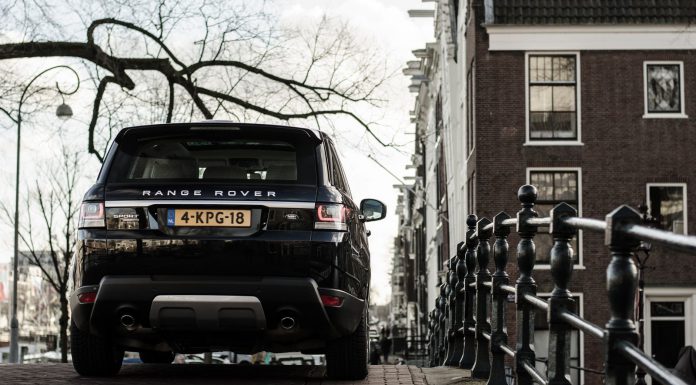










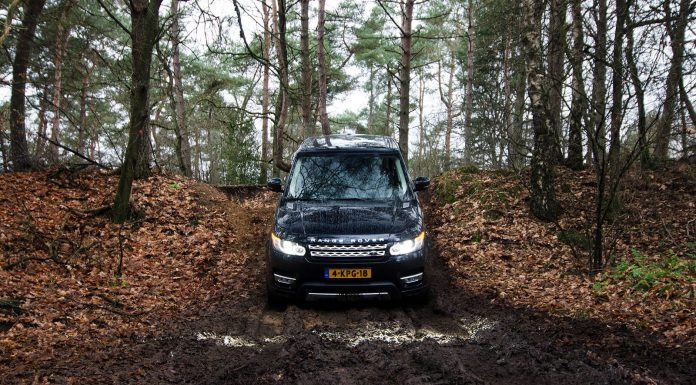



























I Love dis car….. Itz my favourite
Have less than 1,000 miles on mine and two gearbox faults. Terrible